About this potential threat
Backdoor.Vools is a piece of malware that is currently used to infect computers with cryptocurrency miners. In addition to installing malware, it could also steal information from the computer. The backdoor infects computers via the EternalBlue exploit, which was the same exploit that helped WannaCry ransomware infect so many computers in such little time. This infection, along with whatever other malware it installs, would be detected by a capable anti-malware software, so it’s important that you have one installed and active 24/7. While currently the backdoor installs miners, it could still be used to spread other, much more dangerous malware. 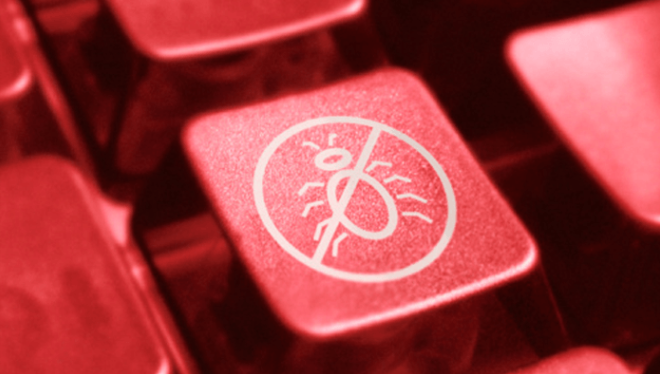
A cryptominer will use the infected computer’s resources to mine for cryptocurrency, which will severely impact the computer’s performance. This makes miners highly noticeable, which allows users to get rid of them quickly. While the miner may be noticeable, the backdoor will not. Thus, to delete Backdoor.Vools or even detect it, you will need anti-malware software.
What can you do to protect yourself?
The EternalBlue vulnerability exploits a flaw in Microsoft’s implementation of the Server Message Block (SMB). Microsoft was made aware of the vulnerability in March, 2017, two months before the WannaCry ransomware attach. They released a patch for the majority of Windows versions, and those that installed it were safe. However, by the time WannaCry started spreading, not many people had installed the update, which resulted in more than 200,000 infected computers in many different countries. This same exploit is used by this backdoor as well. If you have the patch installed, you don’t need to worry about this. However, if you are yet to install it for whatever reason, it’s best you do it now. It’s not a secret that a lot of Windows users are hesitant to install updates, but this is one update you need to install no matter what.
What does it do?
It essentially opens a backdoor for other malware to enter your computer. It’s best known for spreading cryptocurrency miners but it could also be used for other malware distribution. Cryptocurrency miners use your computer resources to mine for cryptocurrency, and as a result you device’s performance suffers. It will slow down, programs will take longer to load, everything will lag, etc. If you check your Task Manager, you’d notice that weird processes are using a lot of your CPU, more then 70%. This kind of usage of your computer without permission should not be allowed. Thus, if you notice this kind of behavior, scan your computer with anti-malware software.
It has been noticed that cryptominers have been on a decline, thus there have been worries that this backdoor will be used to spread other malware, which could be much more dangerous.
Backdoor.Vools removal
To even detect, not to mention remove Backdoor.Vools, you will need to install anti-malware software. The program would locate and uninstall Backdoor.Vools before it could install additional malware. So keep your anti-malware active at all times.
Offers
Download Removal Toolto scan for Backdoor.VoolsUse our recommended removal tool to scan for Backdoor.Vools. Trial version of provides detection of computer threats like Backdoor.Vools and assists in its removal for FREE. You can delete detected registry entries, files and processes yourself or purchase a full version.
More information about SpyWarrior and Uninstall Instructions. Please review SpyWarrior EULA and Privacy Policy. SpyWarrior scanner is free. If it detects a malware, purchase its full version to remove it.

WiperSoft Review Details WiperSoft (www.wipersoft.com) is a security tool that provides real-time security from potential threats. Nowadays, many users tend to download free software from the Intern ...
Download|more


Is MacKeeper a virus? MacKeeper is not a virus, nor is it a scam. While there are various opinions about the program on the Internet, a lot of the people who so notoriously hate the program have neve ...
Download|more


While the creators of MalwareBytes anti-malware have not been in this business for long time, they make up for it with their enthusiastic approach. Statistic from such websites like CNET shows that th ...
Download|more
Quick Menu
Step 1. Delete Backdoor.Vools using Safe Mode with Networking.
Remove Backdoor.Vools from Windows 7/Windows Vista/Windows XP
- Click on Start and select Shutdown.
- Choose Restart and click OK.

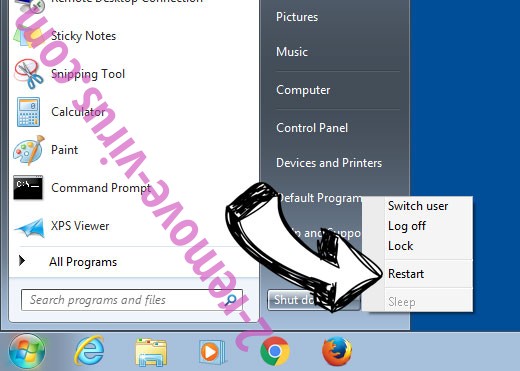
- Start tapping F8 when your PC starts loading.
- Under Advanced Boot Options, choose Safe Mode with Networking.

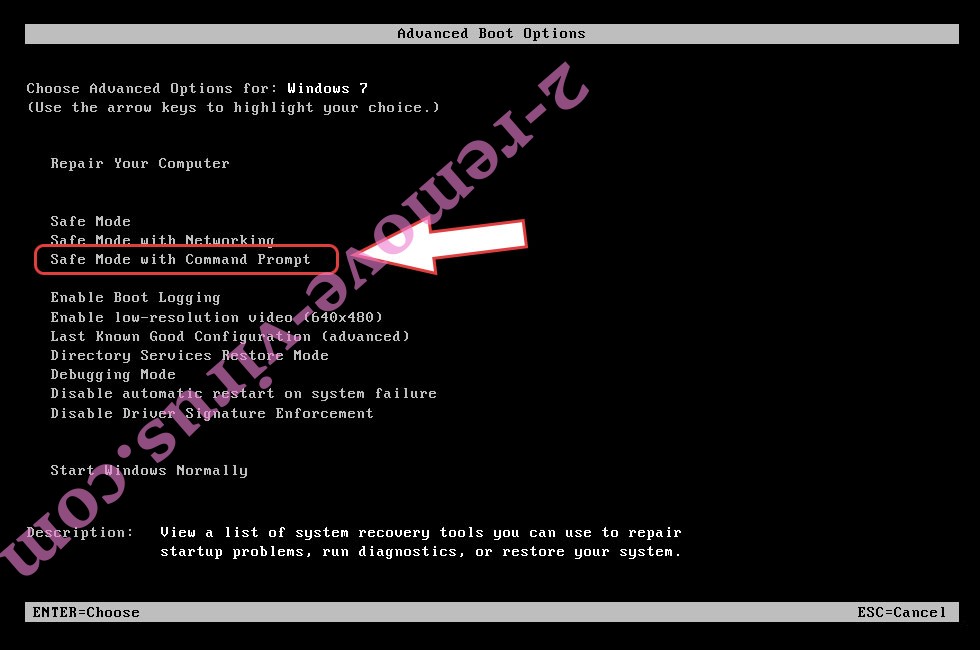
- Open your browser and download the anti-malware utility.
- Use the utility to remove Backdoor.Vools
Remove Backdoor.Vools from Windows 8/Windows 10
- On the Windows login screen, press the Power button.
- Tap and hold Shift and select Restart.

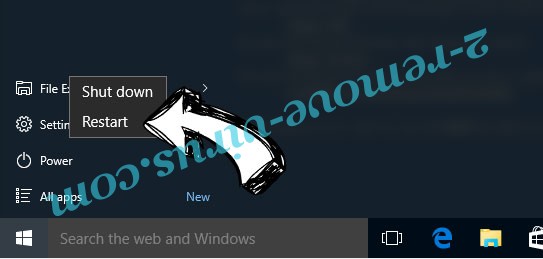
- Go to Troubleshoot → Advanced options → Start Settings.
- Choose Enable Safe Mode or Safe Mode with Networking under Startup Settings.

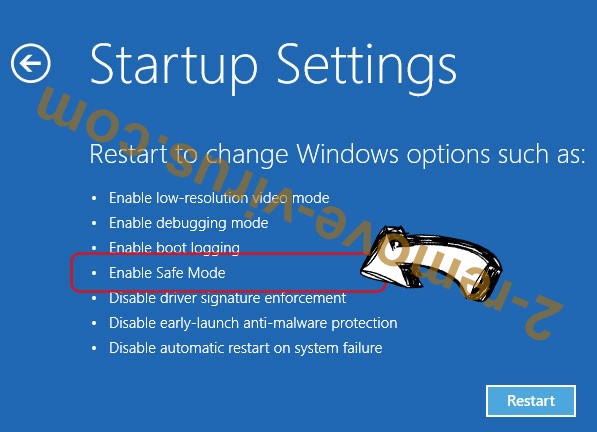
- Click Restart.
- Open your web browser and download the malware remover.
- Use the software to delete Backdoor.Vools
Step 2. Restore Your Files using System Restore
Delete Backdoor.Vools from Windows 7/Windows Vista/Windows XP
- Click Start and choose Shutdown.
- Select Restart and OK


- When your PC starts loading, press F8 repeatedly to open Advanced Boot Options
- Choose Command Prompt from the list.

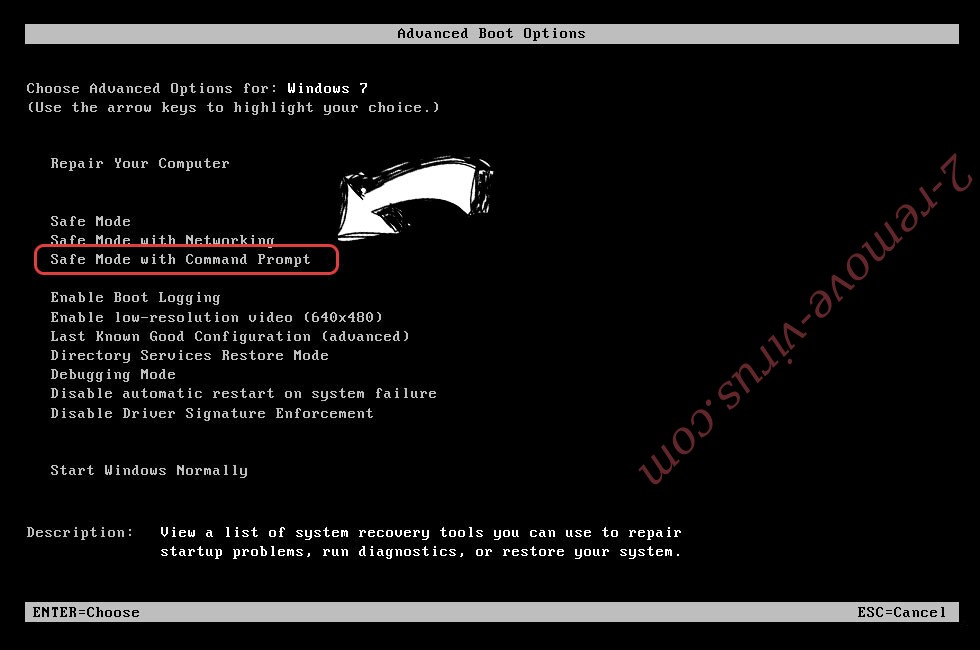
- Type in cd restore and tap Enter.

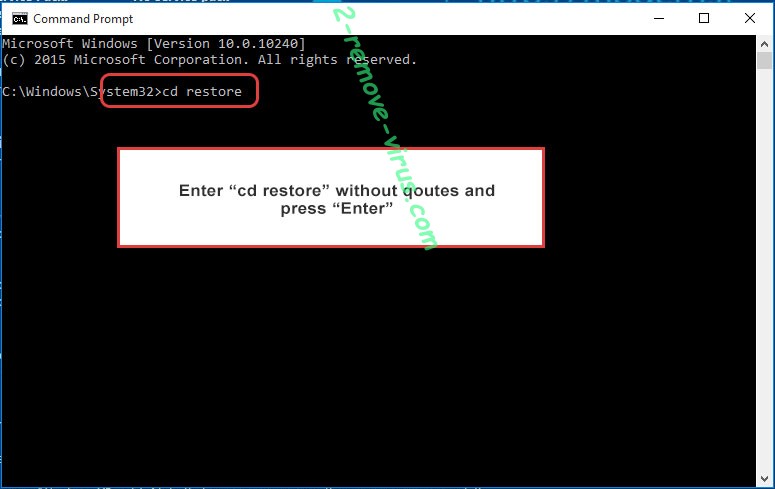
- Type in rstrui.exe and press Enter.

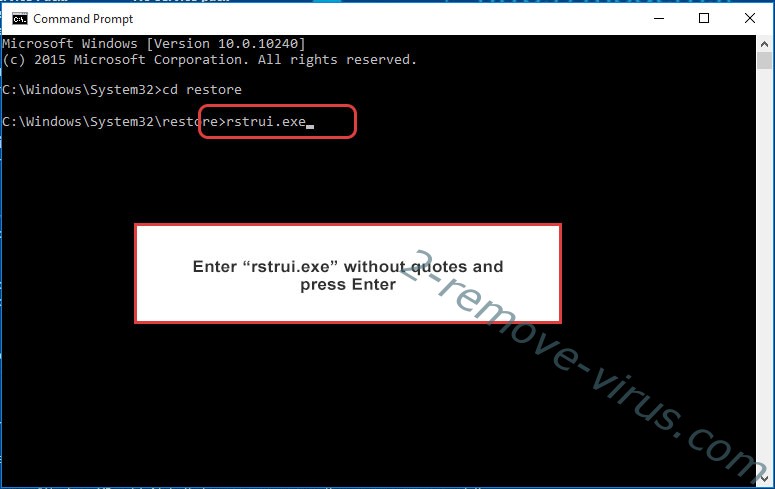
- Click Next in the new window and select the restore point prior to the infection.

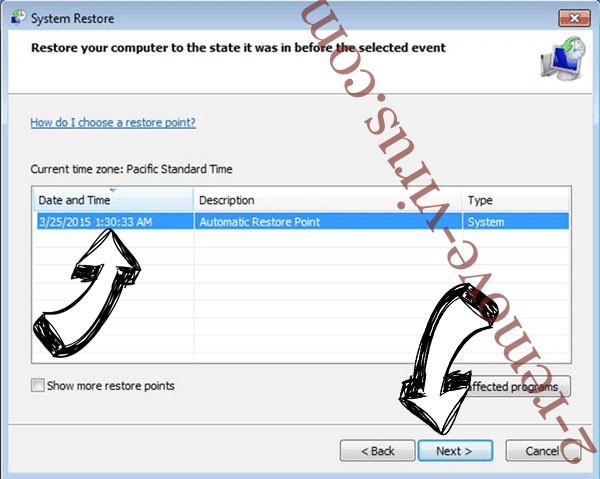
- Click Next again and click Yes to begin the system restore.

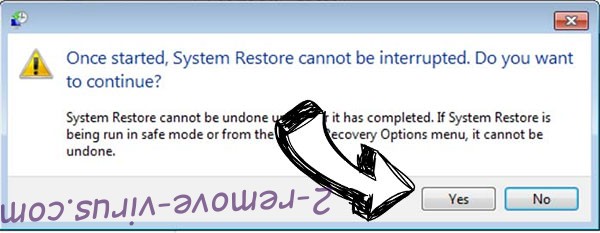
Delete Backdoor.Vools from Windows 8/Windows 10
- Click the Power button on the Windows login screen.
- Press and hold Shift and click Restart.


- Choose Troubleshoot and go to Advanced options.
- Select Command Prompt and click Restart.

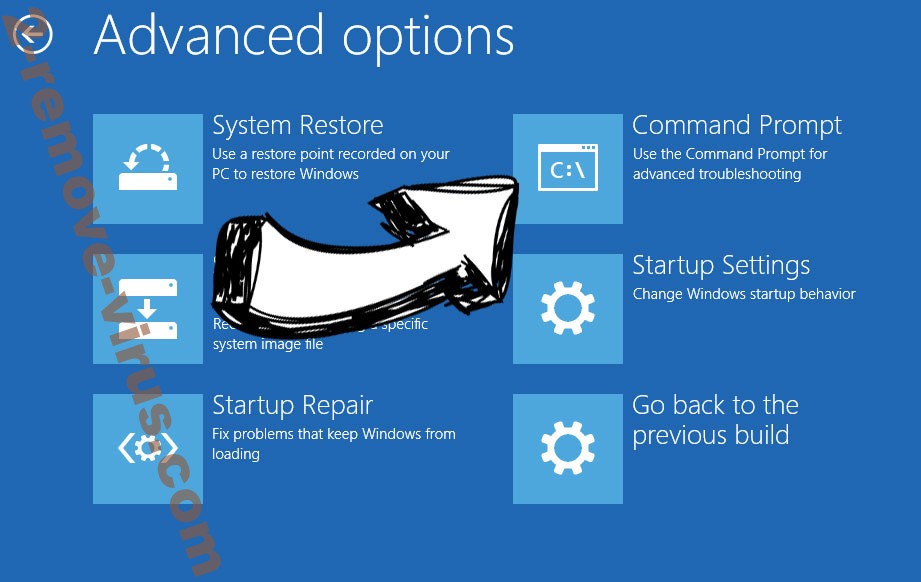
- In Command Prompt, input cd restore and tap Enter.


- Type in rstrui.exe and tap Enter again.


- Click Next in the new System Restore window.

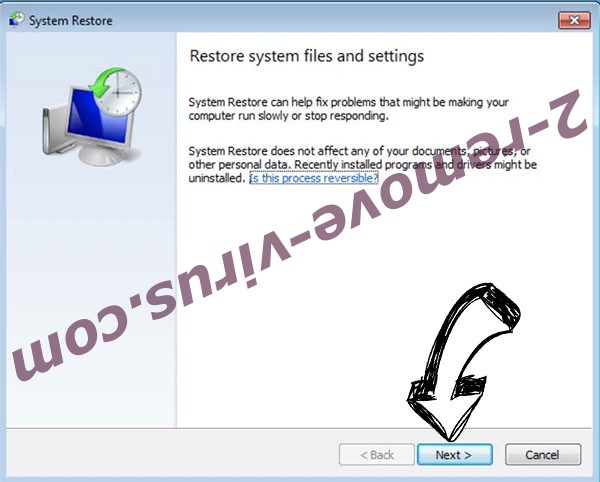
- Choose the restore point prior to the infection.


- Click Next and then click Yes to restore your system.


Site Disclaimer
2-remove-virus.com is not sponsored, owned, affiliated, or linked to malware developers or distributors that are referenced in this article. The article does not promote or endorse any type of malware. We aim at providing useful information that will help computer users to detect and eliminate the unwanted malicious programs from their computers. This can be done manually by following the instructions presented in the article or automatically by implementing the suggested anti-malware tools.
The article is only meant to be used for educational purposes. If you follow the instructions given in the article, you agree to be contracted by the disclaimer. We do not guarantee that the artcile will present you with a solution that removes the malign threats completely. Malware changes constantly, which is why, in some cases, it may be difficult to clean the computer fully by using only the manual removal instructions.
